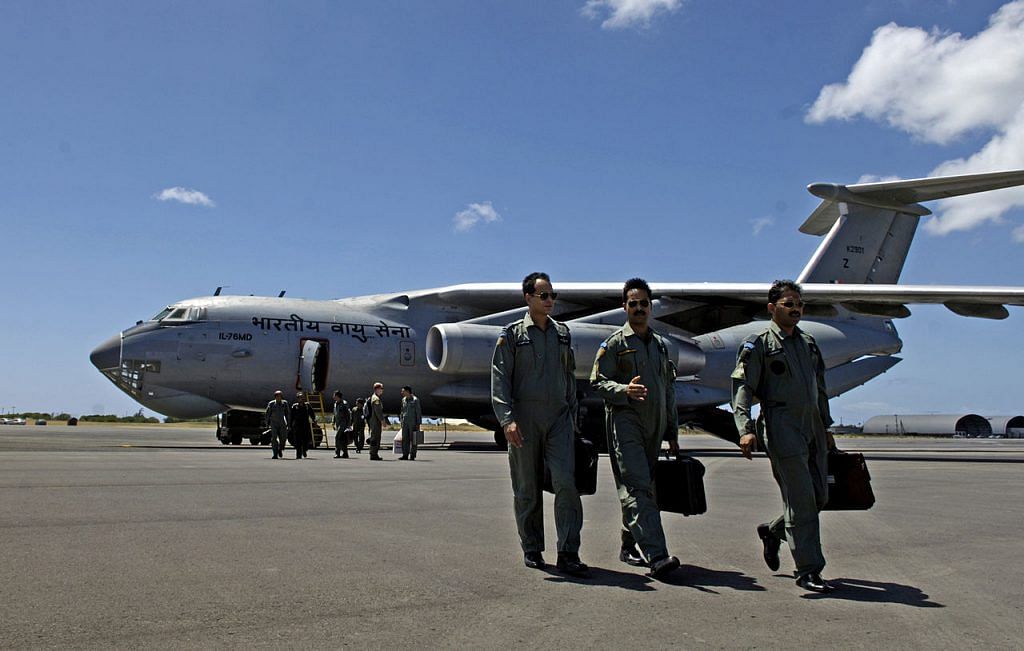New Delhi: The Indian Air Force (IAF) has war gamed how it can successfully launch air operations in case China deployed its S-300 and S-400 air defence systems, as it has reportedly done in the Tibet region adjoining Ladakh amid the current stand-off.
India has pushed in more air defence and radar systems in Ladakh since 20 May, giving it a full view of the deployment and activities across the Line of Actual Control (LAC).
“The IAF has war gamed the scenario of operating amid Chinese air defence systems which includes the S 400, S 300, LY 80 and others. All I can say is that the high altitude and the mountains work to our advantage,” a source told ThePrint.
Corps commanders level talks tomorrow .China not got Back an inch From its Galwan and Pongong tso positions .It has Brought in its 4th motor rifle division from Xinjiang . it has deployed ultra modern Russian S-400 Miisiles there. India is expediting Rafales delivery. pic.twitter.com/AOhDDBPI0w
— Maj Gen (Dr)GD Bakshi SM,VSM(retd) (@GeneralBakshi) June 29, 2020
Sources in the defence and security establishment say that from a pure air-to-air combat, the Indians have an edge over China in the high altitude Ladakh sector. However, what China has an edge over with India is its air defence systems.
Sources underlined that the air power comes into play only when there is a war, and engagement of any aircraft flying in Indian territory by China would be an act of war.
Also read: China is on LAC to tell India who the ‘big brother’ is, not to gain territory
India’s tactical advantages
One of the biggest handicaps for China’s People’s Liberation Army Air Force (PLAAF) is that all their bases in Ladakh are far away from the LAC and are at high altitudes.
“Because of high altitudes, the fighters cannot take off with full fuel or weapons packages. High altitude means that it effectively saps the energy of the fighters,” another source explained.
India on the other hand has a number of bases close to Ladakh and it has activated all the bases in Punjab, Haryana, Kashmir, Leh and rest.
Other elements that work in India’s favour are the long range stand-off weapons with extreme precision, such as the Indo-Russian joint venture missile BrahMos, European manufacturer MBDA’s Scalp and even the Israeli Spice 2000 among others.
The Scalp is the latest addition to India’s inventory and has already arrived ahead of the Rafale fighter aircraft.
These missiles were originally meant for the French Air Force but have been diverted to meet India’s immediate requirement, as reported by ThePrint Monday.
“All these have an over 300 km range, except Spice, and some even more with high precision,” another source said.
The sources said there are other missiles and resources available with India to take on any kind of defensive or offensive systems of enemy besides pounding their positions.
Also read: If you don’t shoot, you don’t escalate: NSAB chief explains how India, China have avoided war
